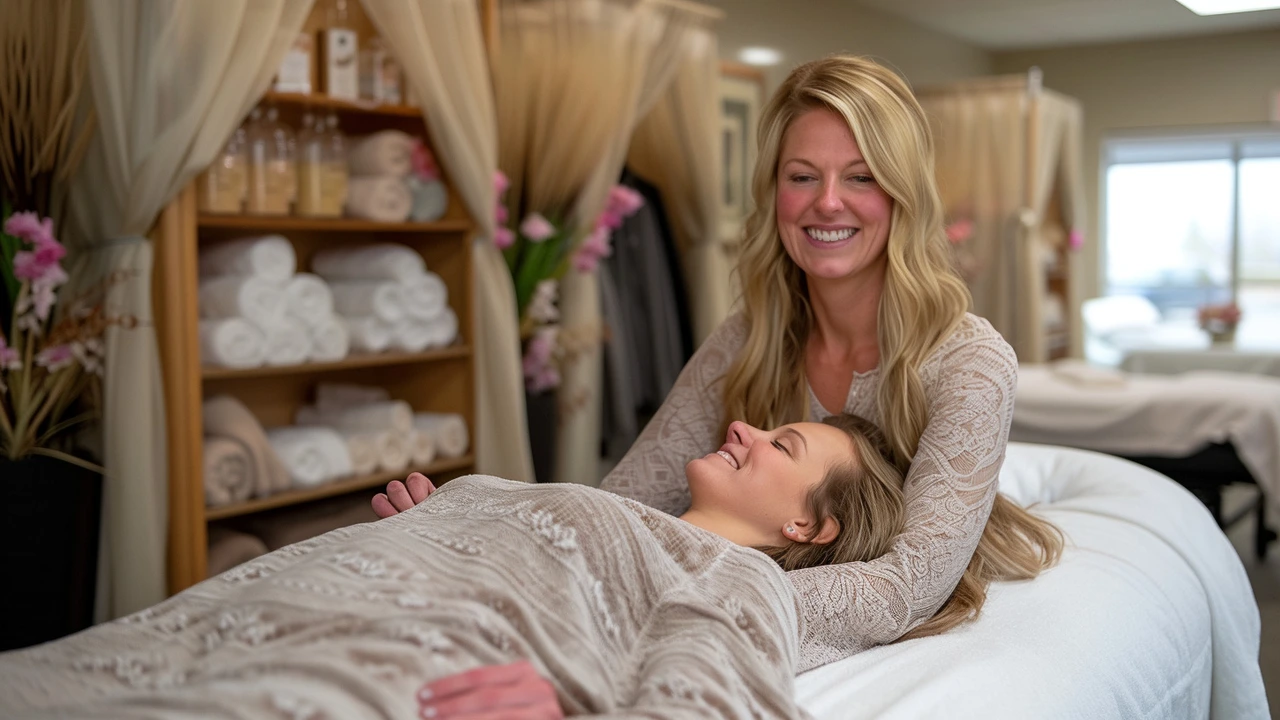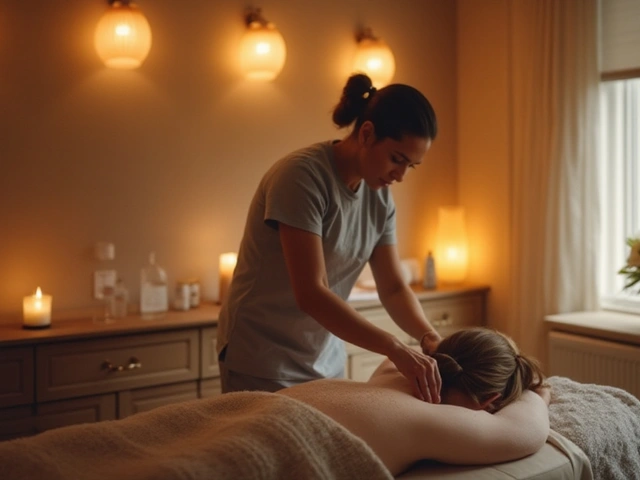Ultimate Guide to Massage & Bodywork
Want a simple way to pick a massage that actually helps? This guide cuts through the noise. You’ll get clear, practical notes on popular therapies, what they target, and how to choose a session that fits your goals — whether that’s easing pain, fixing posture, or chilling out.
Quick tour of common therapies
Trigger point and myofascial-focused work target tight knots and muscle pain. If you sit at a desk, these can give fast relief for locked-up shoulders and headaches. Stone and warm-stone massage use heat to relax muscles and calm your nervous system — great for tight muscle groups and stress in cold months.
Ortho-Bionomy, Rolfing, Hellerwork, and Feldenkrais all help posture and movement, but they work differently. Rolfing and Hellerwork focus on structural change and long-term alignment. Feldenkrais teaches new movement patterns for better mobility. Ortho-Bionomy uses gentle, body-led moves to reduce pain without force.
Traditional systems like Hilot, Lomi Lomi, Kahuna, Amma, and Laos massage blend cultural technique and rhythm with hands-on therapy. They often mix stretch, pressure, and longer flowing strokes — pick them if you want a therapeutic but soulful session. Hammam is steam and ritual-focused; it’s less about deep tissue fixing and more about detox, circulation, and relaxation.
Acupressure and polarity therapy work with pressure points and energy flow to reduce stress and balance the body. Palliative and blind massage are specialized: palliative care focuses on comfort during serious illness, and blind therapists often deliver precise, touch-focused work thanks to heightened tactile skills.
How to choose and what to expect
Start with your main goal: pain relief, posture, recovery, or relaxation. If pain or a medical issue is the priority, ask about clinical experience and safety. For posture and long-term change, choose a structural approach like Rolfing or Hellerwork. For quick muscle relief, try trigger point or a skilled deep-tissue massage. For relaxation or stress, pick warm stone, Lomi Lomi, or a gentle acupressure session.
Ask these before booking: What techniques will you use? Do you work with my condition? How many sessions do you recommend? Good therapists tell you a short plan and realistic results.
In a session expect a brief intake, hands-on treatment, and simple aftercare tips — hydrate, move gently, and apply heat or cold if advised. Frequency depends on your issue: acute pain often needs frequent sessions at first, while posture work is weekly or biweekly for several months.
Prices and training vary. Look for certified practitioners, clear communication, and reviews. If anything feels sharp or wrong during a session, speak up immediately. A good therapist adjusts pressure and explains why they choose a technique.
Want a recommendation? Match the therapy to the problem, check credentials, and ask for a short plan. Small, smart choices now save time and money later.

Craniosacral Therapy: Your Ultimate Guide to Pain-Free Living
Hello beautiful people, today we're digging into the fascinating world of Craniosacral Therapy - an incredible approach to pain-free living. In this ultimate guide, we'll explore everything there's to know about this therapy, its benefits, and how it can contribute to a healthier, more comfortable life. As always, remember to approach alternative medicines with an open mind and see how this practice could fit into your wellness routine. Prepare to take control of your health like never before!
Categories
- Health and Wellness (148)
- Alternative Therapies (86)
- Massage Therapy (40)
- Travel and Culture (15)
- Beauty and Skincare (9)
- Holistic Health (8)
- Health and Fitness (5)
- Spirituality (5)
- Other (2)
- Personal Development (2)



